White sharks also known as the "blue pointer", "white pointer", and the "great white".
The world's most famous white shark hunting grounds are around Seal Island in False Bay South Africa. This island is home to seal colony of over 74,000 individuals which are preyed upon by an unknown number of whites. The most feared shark on Earth, the white shark is actually far more interested in eating seals than bothering humans, although occasionally mistakes are made.
South Africa has a rich diversity of shark species off its shores. About 100 species of the world’s approximately 400 known shark species live in the oceans surrounding South Africa.
https://www.aquarium.co.za/content/page/shark_conservation
One of the Lamnidae, or Mackerel Shark Family, white sharks are powerful fast agile, smart and inclined to curiosity. They are also warm-blooded maintaining a body temperature well above that of the surrounding seawater.
White sharks breathe by constantly pushing water through their gills in a process known as "ram ventilation". While they can hover motionless for short periods, if they are restrained by nets, fishing lines or other means, they will suffocate.
They are found in all the world's major oceans. The largest recorded white shark was possibly as long as 6.4 meters.
Adult females are larger than adult males while they generally congregate around seal colonies in relatively shallow water, white sharks have been found as deep as 1200m.
Targeted by sport fishermen, white sharks are a protected species in South Africa. Happily, as of October 2004, the white shark was added to the C I T E S (Convention for International Trade in Endangered Species) list of endangered animals. This list regulates the trade of all white shark teeth skins, jaws or other body parts among member nations.
Sharks' eyes are well-developed and positioned on the sides or tops of their heads giving them a wide field of vision. The actual shape, size, and complexity of sharks' eyes vary depending on their habitat. Sharks that swim near the surface have colour vision and see well in daylight. Sharks that live in deep water tend to see in black and white and have larger eyes in order to collect as much light as possible in the dark ocean depths. Some sharks from very deep habitats have huge glowing green or yellow eyes! The glow comes from a reflector layer behind the retina (tapetium lucidium) that bounces light back through the retina to increase sensitivity and enable them to see in the dark.
Sharks have ears hidden inside their brain case. Just as we hear by detecting sound waves traveling through air, a shark hears by detecting sound waves traveling through water. In fact, some sharks can detect low-frequency sound waves better than humans. Sharks' ears also help them maintain balance, detect the pull or gravity and locate struggling prey or other sound producing objects in the water.
Compared to other fish sharks are practically geniuses, most sharks have brains as big for their size as many birds and mammals making them the brainiest fish known. Manta rays have even bigger brains, larger proportionally than those of most mammals. Shark brains consist of millions of specialized cells called neurons that receive and process information from the body. They have highly developed nervous systems and incredible reflexes. They are capable of learning.
A large part of what humans considered to be the taste of food is actually comprised of the smell of that food. We know sharks can taste their meals because their mouths, tongues and pellets are lined with special taste buds, but we don't know exactly what proportion of a shark sense of taste is made up of other senses like smell, pressure or other electro or chemoreception. Regardless sharks will quickly and consistently spit out any fish or other food they don't like the taste of.
Fresh air contains about 21% oxygen. Our lungs can Only extract about 1/4 of this oxygen. Seawater on the other hand, contains far less available oxygen – a mere 1% of the composition of surface seawater is oxygen. Luckily fish gills can extract almost four-fifths of this oxygen making gills far more efficient oxygen extractors than lungs.
More sedentary sharks have active systems in the form of "pumps" which use muscle power to bring fresh water into their gills. Muscles in the sharks' mouth and throat contract making the area within the mouth temporarily larger, causing outside water to flow in. The mouth then closes and this oxygenated water is forced through the gills. Many bottom-dwelling sharks have special openings between their gills and their mouths called spiracles into which they draw water. This allows them to remain on the bottom without having to leave their mouths open all the time which might alert prey and predators to their presence.
Almost all living things need oxygen to fuel their body processes. All sea animals apart from reptiles and mammals breathe sea water from which they must extract this oxygen.
Sharks, rays, chimaeras along with bony fish and other sea animals are equipped with respiratory organs called "gills" to perform this function. While the exact mechanism is different the purpose of gills is the same as that to our lungs-to allow oxygen in the environment to be taken up by the bloodstream and to remove waste gases from the blood.
Sharks, unlike most bony fish, do not have gas-filled swim bladders to help them regulate their buoyancy. Instead many sharks rely on large oil-filled livers to keep them from sinking.
Since oil is lighter than water, these massive livers help keep the shark on an even keel. Sharks’ livers also perform the same duties that our livers do-namely store energy reserves and detoxify the body among other functions.
Shark muscles generally consist of white muscle fibers, which allow for short bursts of strenuous activity. Other muscles especially those along the sides of the body used for swimming have red fibers, which can be used for longer more sustained movements. Fast-swimming Lamnid sharks, like white sharks, porbeagles and makos, are actually warm-blooded. They have developed a countercurrent vascular system called the "rete mirabile" which retains heat in the muscles and viscera that would otherwise be lost. This keeps their body temperature at 5 to 8 degrees Celsius warmer than the surrounding water. This is important because warm muscles respond faster and longer allowing these sharks to attack or retreat in a hurry.
Sharks do not have long loops of intestines. Instead, they use a unique spiral valve system to increase the time food spends in the gut and also to increase the surface area from which nutrients can be absorbed. The space saved by the system is taking up mainly by the liver.
Like most of the birds, reptiles and other fish, sharks and rays have only a single opening near their tails from which bodily wastes are eliminated. This all-purpose exit is called "cloaca" and it serves as a conduit for urine, faeces, eggs and even baby sharks.
Like all vertebrates, sharks have a circulatory system that delivers oxygenated blood to the organs and returns waste-laden, oxygen-depleted blood to be cleaned and re-oxygenated. Shark hearts are also four-chambered affairs but are configured differently than human hearts.
TO BE CONTINUED...
References
Images: sources linked below
Photos: @highonthehog
Thomas P. Peschak, Currents of Contrast: Life in Southern Africa's Two Oceans, Penguin Random House South Africa, 2005
Thomas P. Peschak, Michael C. Scholl, South Africa's Great White Shark, Penguin Random House South Africa, 2006
Richard Ellis & John McCosker, Great White Shark, Stanford University Press, 1995
https://www.aquarium.co.za/
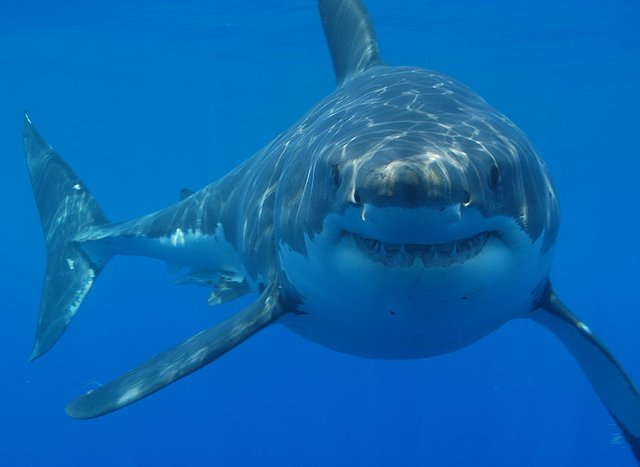
_scavenging_on_whale_carcass_-_journal.pone.0060797.g004-A.png)

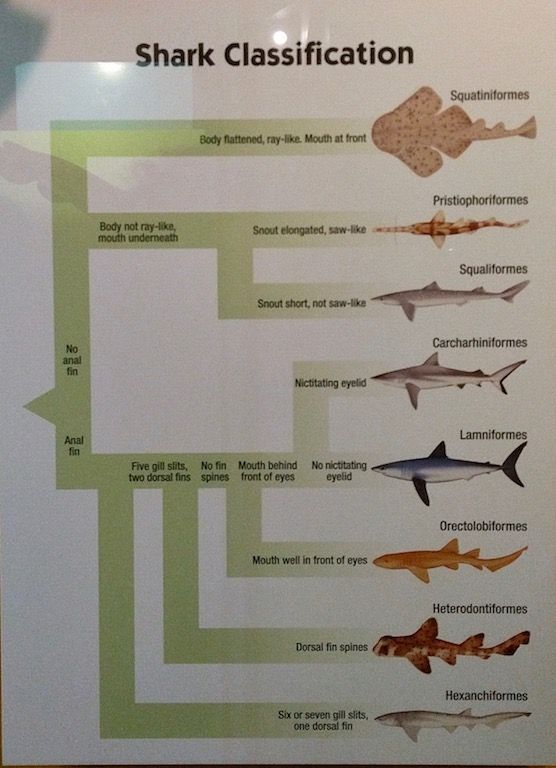
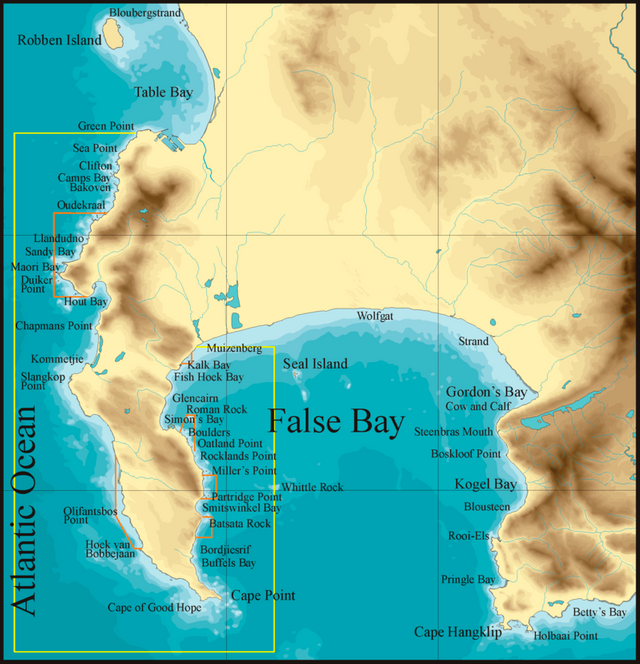
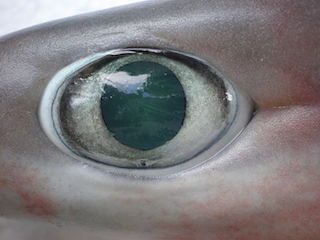

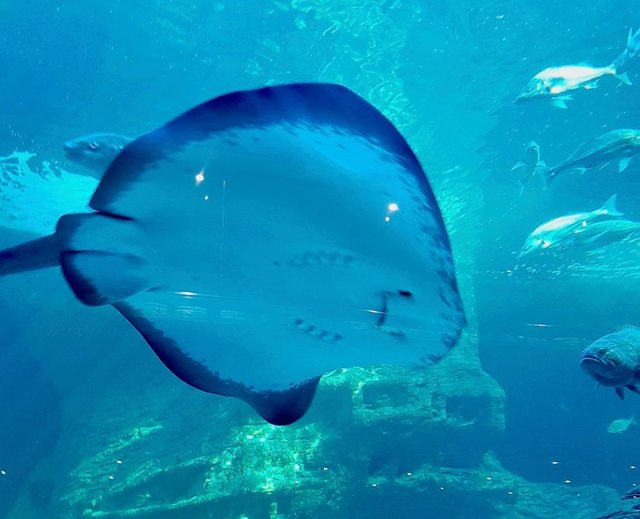
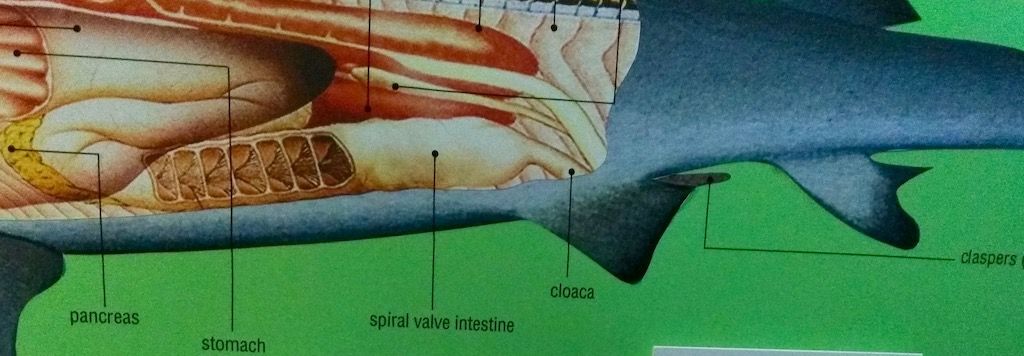
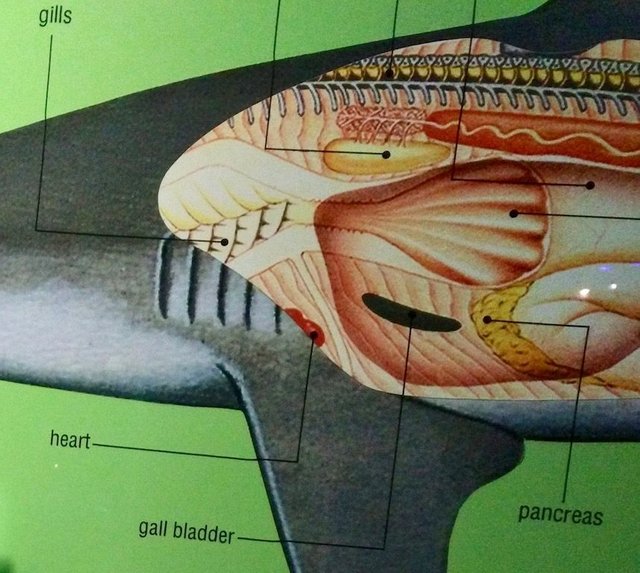
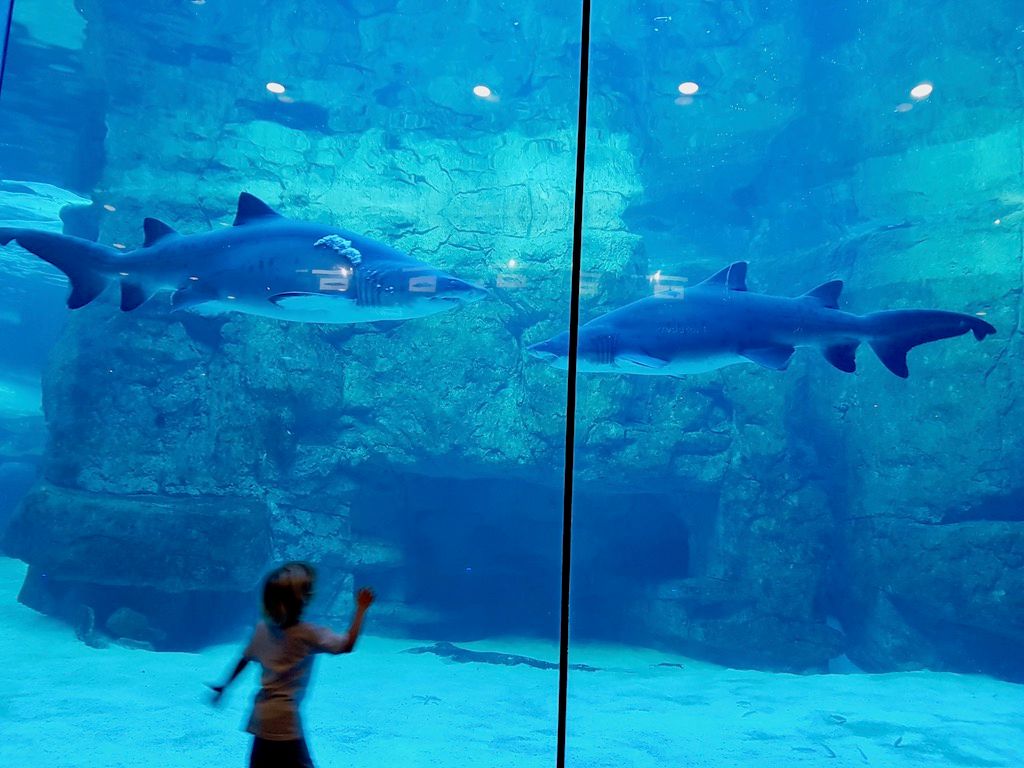

Why am I simply not able to Focus beyond the First Pic ;)
Hmm I wonder !
oooh ;) well I'm happy that the thumbnail photo is doing its job by bringing a high-quality audience ;)
Top predator. Well researched post. I was nearly killed by a great white once! It was in the South African Museum, around the time when the great white was declared a protected species. We were hanging a cast of the shark for a display. The cable snapped and the creature wizzed past me, baring it’s teeth, missing me by inches. This really happened.
Thanks, it was fun to visit this peculiar museum :) At the beginning of your comment I was sure it was a surfing related incident, then quickly released my breath just to burst into laughter, sorry I'm sure it was not funny at that time ... :P good story, glad that you survived.
I am always interested in learning about animal's nervous system and behaviour. So the part your discuss their nervous system is the one that drew my attention the most in this incredible post! I was particuarly surprised by this info:
Wow! 😮
Oh, by the way, lovely photos of the Two Oceans Aquarium! :)
Actually, I left some juicy details for the second part too ;) - electromagnetic field receptors and so on ;)
I have visited the aquarium this march, I'm an absolute fan and this time I could show it to my friends from Europe... I was so ridiculously proud ;)
This post has been upvoted and picked by Daily Picked #41! Thank you for the cool and quality content. Keep going!
Don’t forget I’m not a robot. I explore, read, upvote and share manually 😊
You can upvote, resteem, follow, delegate or join my curation tail to support me, good creators and minnows.
The first picture is awesome @highonthehog!
It is amazing how sharks seem to have been designed to be a total machine for hunting. They are very intimidating animals without doubt.
Heh, thanks, I made it in March, visiting Cape Town, and already knowing it will be for this special purpose ;)
I'm a great fan of sharks since the first national geographic shows appeared on the local tv. Can u imagine this small kid waiting for her special program, well this was the highlight of the week for me :)
Seeing/Photographing a Great White is number one on my bucket list. I'll die happy if I get to see one.
Just please do not die right away when you see it :P or don't let yourself be eaten too.
I'm still thinking about diving in the cage to see them, I hesitate though ...
Nearby or near to Shark may be too dangerous I won't dare try that unless I wear proof if there is one to protect me..
I never knew that sharks were warm-blooded. Great read!
Thanks 😉